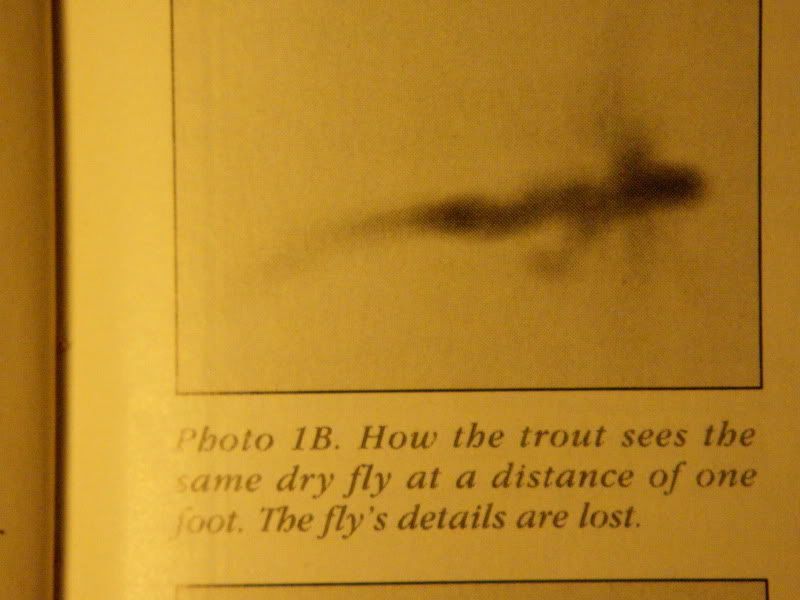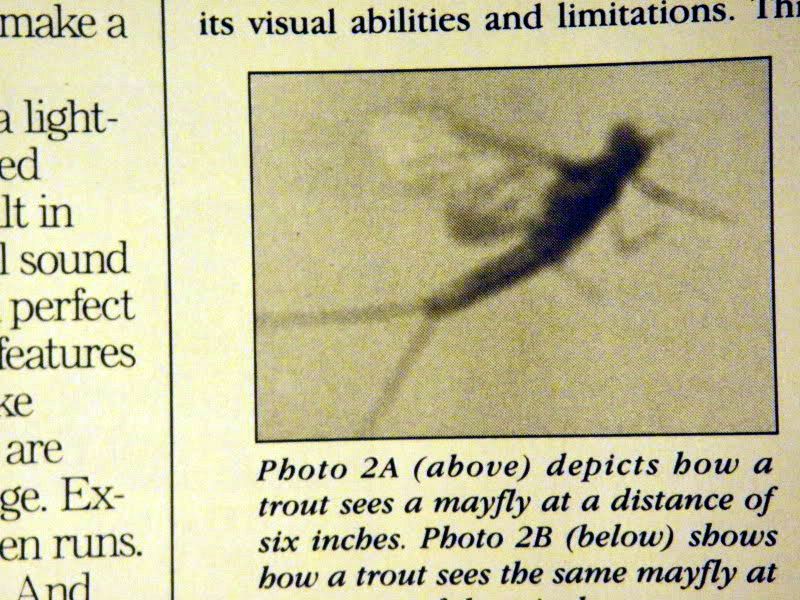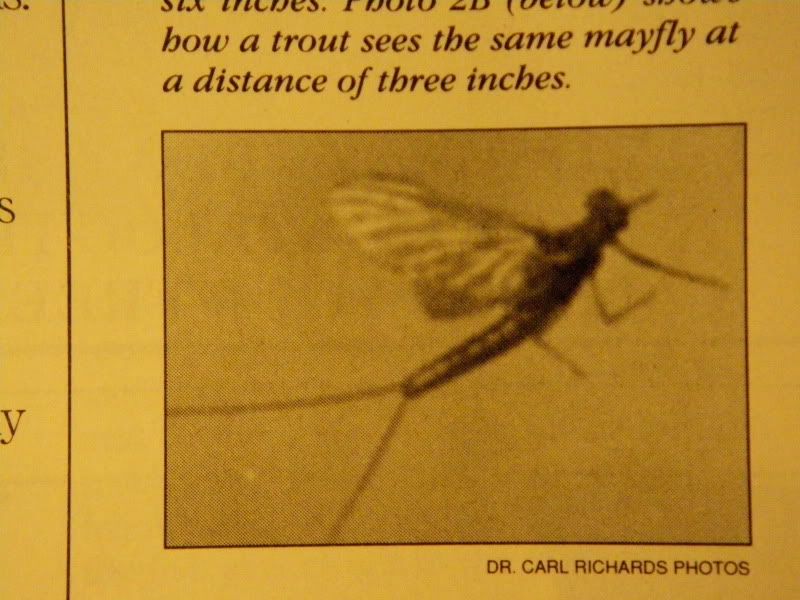With mayflies having smooth, segmented abdomens why are so many flies tied with fuzzy dubbing?
And, if a rough textured body is desired, why aren't different types of yard used? With yarn textures ranging from coarse mohair to angora to finely separated punch embroidery yarn you have quite a choice.




 Reply With Quote
Reply With Quote




